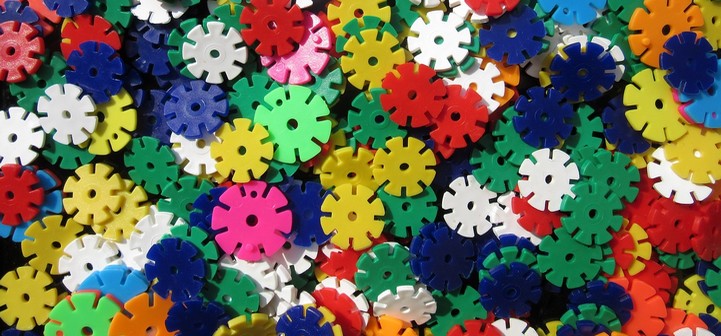Manipulatives and Table Toys Support Children’s Development
A wide variety of materials used in child care and early education programs fall into the category of “manipulatives,” including different types of building bricks and toys, collections of objects for sorting, small dolls and animals, and many other types of toys. Manipulatives, sometimes referred to as table toys, are an important part of the early childhood curriculum because children can use them to practice a wide variety of skills. Some …







